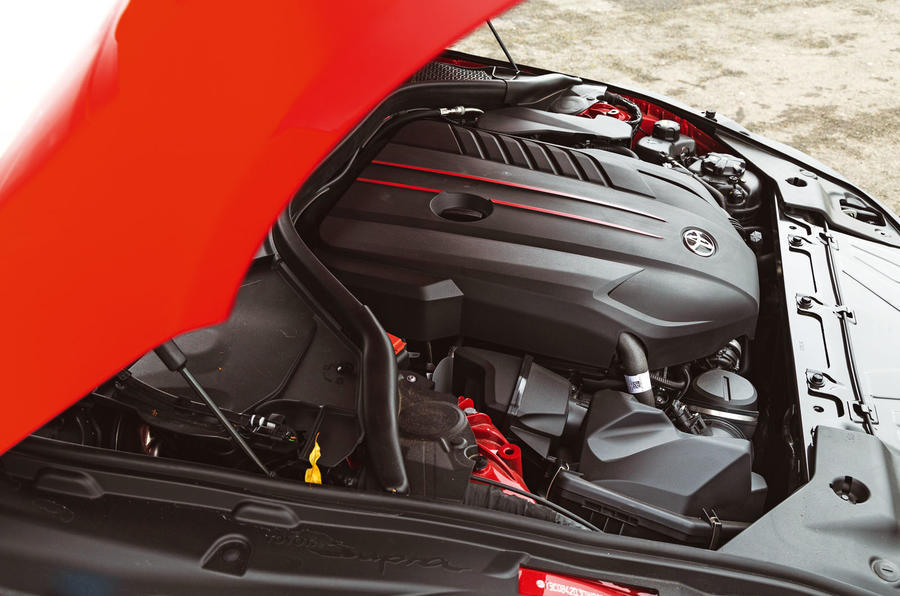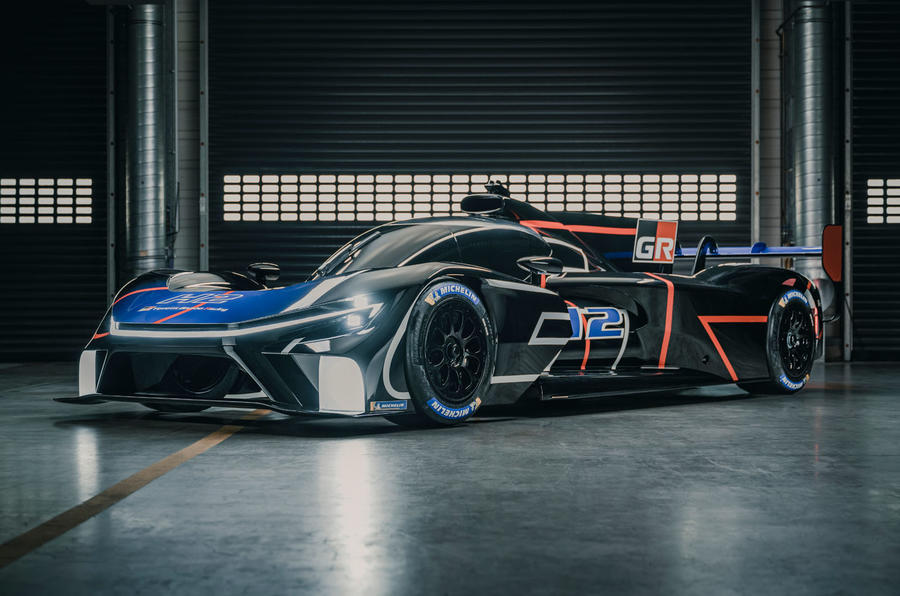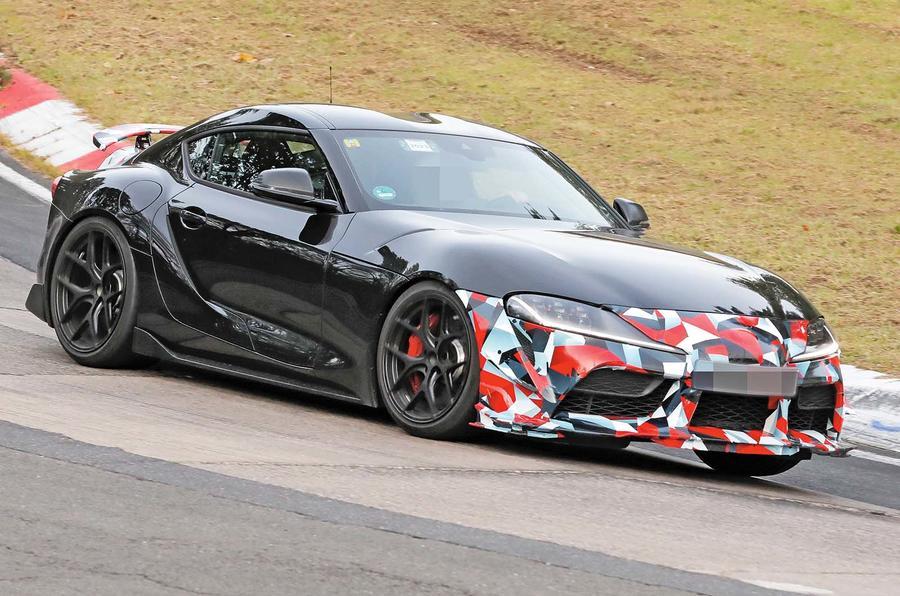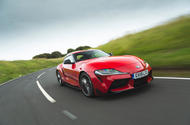Toyota’s GR division currently sells four models, including the GR Supra
Hydrogen provides a lifeline for piston engines, says manufacturer, but the fuelling infrastructure must improve
Toyota‘s GR performance division plans to use hydrogen to keep its combustion-engined sports cars on the road – but infrastructure shortcomings prevent it from being an immediate solution.
The GR division, which has its roots in Toyota’s Gazoo Racing motorsport operation, currently sells four cars: the GR Supra, the GR86, the GR Yaris, and, in the US, the GR Corolla, each of which is powered by a petrol engine.
Toyota recently revealed the FT-Se concept as a preview of GR’s first EV and has detailed a number of initiatives on which it’s working to ensure that electric sports cars are suitably engaging. However, it hasn’t put a timeframe on their arrival and has voiced no plans to phase out its petrol cars.
Now GR manager Masahito Watanabe has said that all-out electrification isn’t a priority for the sub-brand, pointing to Toyota’s highly publicised efforts in recent years to develop hydrogen-combustion technology as a potential lifeline for its piston engines.

“We still think the internal combustion engine has some potential and, as we do so, we will of course be trying to comply with all the applicable rules according to the regions in each country,” he said.
“But we don’t want to give up. It’s not over just yet, because if you look at the internal combustion engine, there’s still hydrogen combustion that can be a part of that zero-emission line-up, so I think that’s going to continue.
“As you see in the [FT-Se], we still see high possibility for battery EVs, but what we want to do is pursue the multi-pathway [approach] that we’ve been seeing in motorsports and sports cars in general.”
Toyota’s multi-pathway approach manifests in a product plan that includes 15 battery electric cars by 2026 but still leans heavily on hybrid technology in a bid to provide maximum choice for consumers.
It also remains committed to hydrogen fuel cell technology, although is shifting its FCEV focus from passenger cars to heavy goods vehicles, as well as ships and power storage.

The potential for hydrogen to play a role in Toyota’s sports car strategy is clear too.
Watanabe said: “We still believe that there’s a lot of potential to be had from the hydrogen combustion engine itself. But we know that the infrastructure is woefully insufficient. This is a common issue across many different countries and we completely appreciate that.
“What that means is that we won’t be able to commercialise hydrogen combustion engines right at this moment. But look at some of the movements put forward in Europe, the US and Japan. And this isn’t just governments; private companies are working towards increasing the hydrogen infrastructure.
“So we’re looking out for that. What we want to do in the end is provide as many options as possible to our customers. So we will continue to develop the hydrogen internal combustion engine as part of that.”
Watanabe didn’t give any clues as to what a new combustion-engined GR car could look like, nor when it might arrive.

A new version of the GR Supra was spotted testing at the Nürburgring recently and widely reported to be a hardcore ‘GRMN’ variant equipped with the 454bhp straight six from the BMW M2. But when asked for confirmation of these reports, Watanabe went only so far as to suggest the spotted prototype is some sort of “evaluation model”.
He did, however, reiterate Toyota’s aim to eventually build a road-going version of Gazoo Racing’s upcoming GT3-spec race car, shown in concept form last year. “But at this moment, I can’t really say anything about when.”
Gazoo’s new GT3 racer is set to hit the track in 2026, and the road-going version is reported to be in line to succeed the Lexus RC F coupé. No details of its engine have yet been revealed.
Source: Autocar
